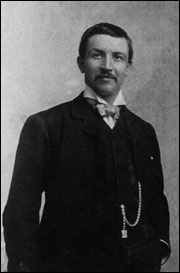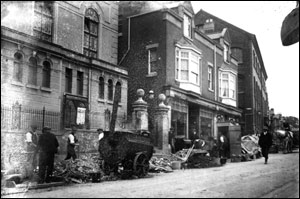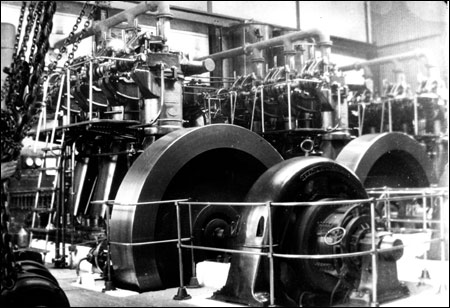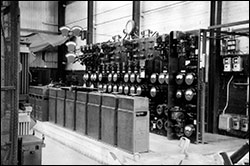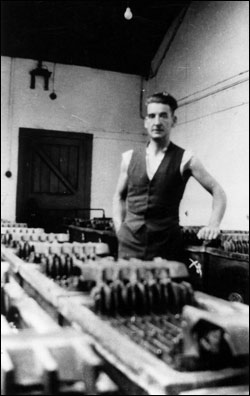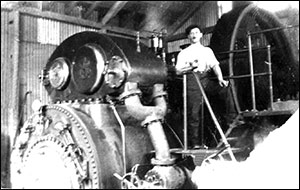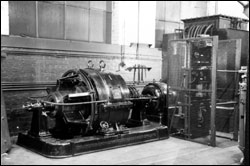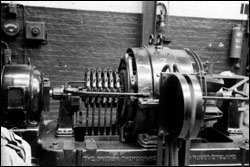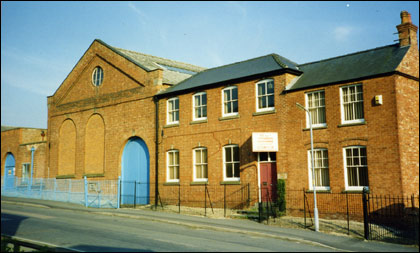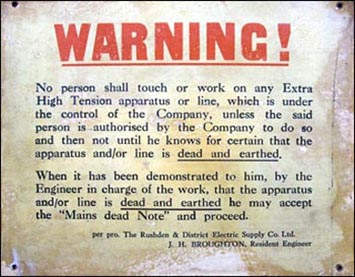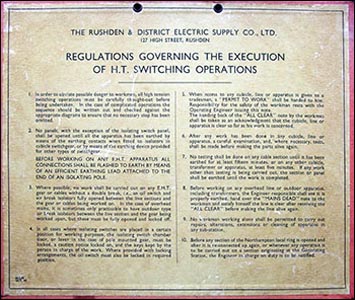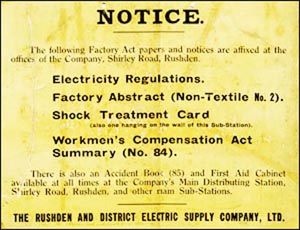|
|||||||||||||||||||||||||||||||||||||||||||||||||||||||||||||||||||||||||||||||||||||||||||||||||||||||||||||||||||||||||||||||||||||||||||||||||||||||||||||||||||||||||||||||||||||||||||||||||||||||||||||||||||||||||||||||||||||||||||||||||||||||||||||||||||||||
| John Wagstaff, 2008 |
|||||||||||||||||||||||||||||||||||||||||||||||||||||||||||||||||||||||||||||||||||||||||||||||||||||||||||||||||||||||||||||||||||||||||||||||||||||||||||||||||||||||||||||||||||||||||||||||||||||||||||||||||||||||||||||||||||||||||||||||||||||||||||||||||||||||
|
Electricity
|
|||||||||||||||||||||||||||||||||||||||||||||||||||||||||||||||||||||||||||||||||||||||||||||||||||||||||||||||||||||||||||||||||||||||||||||||||||||||||||||||||||||||||||||||||||||||||||||||||||||||||||||||||||||||||||||||||||||||||||||||||||||||||||||||||||||||
John Clark owned the brick works in Wellingborough Road where the famous "Rushden brick" was made, which was used for the construction of houses and factories that were being built in Rushden at that time. He owned a local transport business, and considerable land in and around Rushden. He became a director of South Hill Ironstone Mines, and a Director of Barratt Co. Boot Manufacturers of Northampton. In 1913 Mr Clark was elected on to the Rushden and District Urban Council. He was also one of the directors of The Rushden and District Electric Supply Co. Electricity On the 3rd May 1912 The Board of Trade made a provisional order to be included in a bill to be introduced into parliament for F. H. Thompson, Brook Sampson and John Clark to authorise them to supply electrical energy for public and private purposes within the Urban District of Rushden, the Borough of Higham Ferrers, the Urban District of Irthlingborough and the rural District of Thrapston.
Once the necessary capital was subscribed steps were taken to construct the generating station in Shirley Road and for the laying of nearly three miles of mains cables in Rushden and Higham Ferrers. The works included an engine room with two diesel powered generators of 125 Kilowatts each, a battery room, workshops and offices. The engine room had space for a third generator when required and the battery could be doubled without increasing the size of the building. The proximity of the railway station enabled the diesel fuel to be pumped directly from the railway waggons into storage tanks. The Company commenced a public supply of electricity on 15th October 1913. The formal opening took place on 27th November 1913, when shareholders together with members of the Rushden District Council and Higham Ferrers Town Council were entertained by the director of the works Mr J. H. Thornton J.P., C.C. The machinery was started up and the visitors made a thorough inspection of the works under the supervision of Mr G. H. Jackson M.I.E.E. M.I.T.E. chief engineer, being subsequently entertained to tea, and consumables baked by electricity.
The 3rd annual report dated February 1916 stated that there were now 79 consumers and the units sold were 56,993. The 5th annual report showed that the number of consumers had increased to 151 and that the revenue from sale of current was £3060, a dividend of 5% was recommended.
The above photograph shows the two original Willans Robinson diesel powered 125kw DC generators together with a third set in the background, which was subsequently installed to cope with increased demand. The output from the generators was 420 volts between positive and negative for industrial power and 210 volts to what was known as the third wire (earth), for domestic use.
The generators were run throughout the day until the load decreased in the evening which enabled the town to be switched over to the battery, the generators then being shut down and the attendant went home.
The photograph (left) was taken inside the battery room which consisted of 240 lead acid cells in lead lined boxes approx. 18”x12”x18” to give 210volts and 420 volts, including end cells which automatically cut in as the voltage dropped. The battery was charged up the next day from the generators.
Around 1927 an 11,000 volt cable was laid from Hardingstone Generating Station Northampton to Wellingborough and on to Shirley Road Rushden to bring an alternating current (ac) supply. This enabled two 500 K.W. BTH rotary converters to be installed.
Around 1935 as consumers were changed over to alternating current the demand for direct current reduced which enabled the diesel and steam generators to be removed, the d.c. being supplied by the rotary converters. Eventually the battery would not hold its charge and a rotary converter had to be run day and night. Around 1960 all remaining d.c. consumers were changed over to a.c. supply and the rotary converters were removed. With the introduction of alternating current into the Rushden area cables were laid and overhead lines built to make supply available to surrounding villages including Oundle, Thrapston, Raunds and out as far as Harrold.
On 1st April 1948 the industry was nationalised and became known as the East Midlands Electricity Board. On 1st April 1990 the industry was privatised and was then known as East Midlands Electricity plc., which became Power Gen. and was eventually taken over by E.ON. In 1999 the Shirley Road engine room, battery room, offices and house were sold. |
|||||||||||||||||||||||||||||||||||||||||||||||||||||||||||||||||||||||||||||||||||||||||||||||||||||||||||||||||||||||||||||||||||||||||||||||||||||||||||||||||||||||||||||||||||||||||||||||||||||||||||||||||||||||||||||||||||||||||||||||||||||||||||||||||||||||
Electricty - mainpage Index of All Taders |
|||||||||||||||||||||||||||||||||||||||||||||||||||||||||||||||||||||||||||||||||||||||||||||||||||||||||||||||||||||||||||||||||||||||||||||||||||||||||||||||||||||||||||||||||||||||||||||||||||||||||||||||||||||||||||||||||||||||||||||||||||||||||||||||||||||||
|
|
|||||||||||||||||||||||||||||||||||||||||||||||||||||||||||||||||||||||||||||||||||||||||||||||||||||||||||||||||||||||||||||||||||||||||||||||||||||||||||||||||||||||||||||||||||||||||||||||||||||||||||||||||||||||||||||||||||||||||||||||||||||||||||||||||||||||
